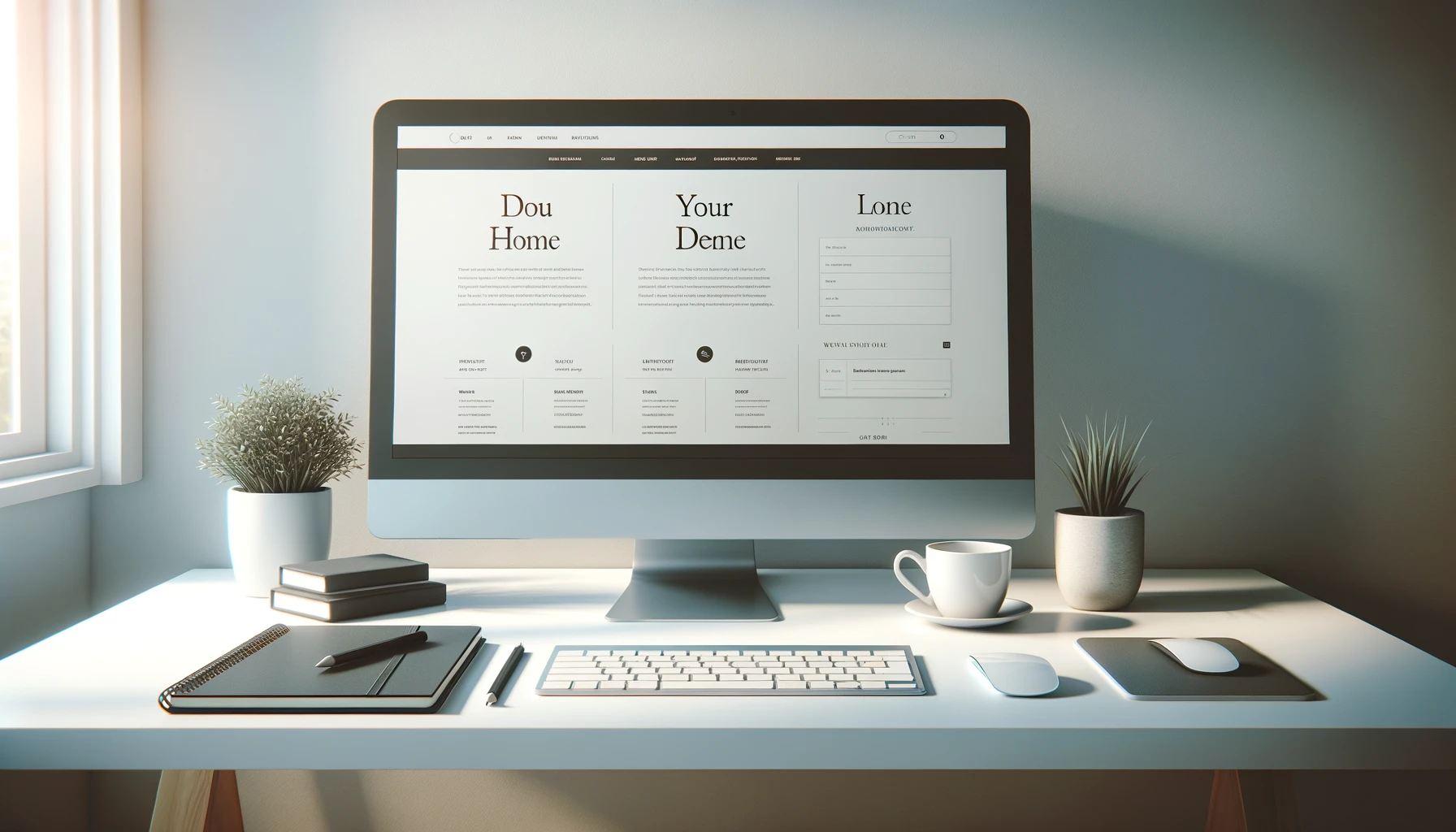Web design is a dynamic field, constantly evolving to meet the needs of users and the demands of technology. Keeping up with the latest trends is essential for creating websites that are not only visually appealing but also functional and user-friendly. Let’s explore some of the most exciting trends in web design that are shaping the digital landscape today.
One of the most prominent trends is the rise of minimalism. This design approach emphasizes simplicity, using clean lines, ample white space, and a limited color palette. Minimalist designs focus on the essentials, making websites easier to navigate and faster to load. This trend aligns with the growing demand for streamlined, user-centric experiences.
Another significant trend is the use of dark mode. Many websites and apps now offer a dark mode option, which not only looks sleek and modern but also reduces eye strain and conserves battery life on mobile devices. Dark mode can give your website a contemporary edge while enhancing readability and user comfort.
Microinteractions are also gaining popularity in web design. These are small, subtle animations that provide feedback to users, making interactions more engaging and intuitive. For example, a button might change color when hovered over, or an icon might animate when clicked. Microinteractions add a layer of interactivity that enhances the overall user experience without overwhelming the user.
The integration of advanced graphics and animations is another exciting trend. From subtle animations that guide users through the content to full-screen video backgrounds, these elements can make a website more dynamic and captivating. However, it’s crucial to strike a balance to ensure that animations enhance the user experience rather than distract from the content.
Personalization is becoming increasingly important in web design. Websites are now using data to deliver personalized experiences, tailoring content and recommendations based on user behavior and preferences. This trend helps create a more engaging and relevant experience for users, fostering loyalty and increasing conversions.
Accessibility is no longer an afterthought but a fundamental aspect of web design. Designers are prioritizing inclusive practices, ensuring that websites are accessible to all users, including those with disabilities. This involves using proper color contrast, providing alternative text for images, and designing with keyboard navigation in mind. By focusing on accessibility, designers can create more inclusive and user-friendly websites.
Responsive design continues to be a critical trend, with mobile browsing becoming increasingly prevalent. Websites must be optimized for various screen sizes and devices, providing a seamless experience across desktops, tablets, and smartphones. This ensures that users can access and navigate websites easily, regardless of the device they are using.
Sustainability is also influencing web design trends. As awareness of environmental issues grows, designers are looking for ways to create more sustainable websites. This includes optimizing images and code to reduce load times and energy consumption, as well as considering the environmental impact of web hosting and server usage.
Incorporating these trends can help create websites that are not only visually appealing but also functional, user-friendly, and forward-thinking. As technology continues to advance, staying updated with the latest trends in web design will ensure that your website remains relevant and engaging in the ever-changing digital landscape.


